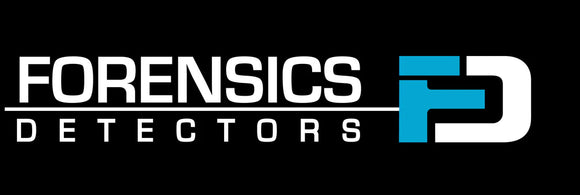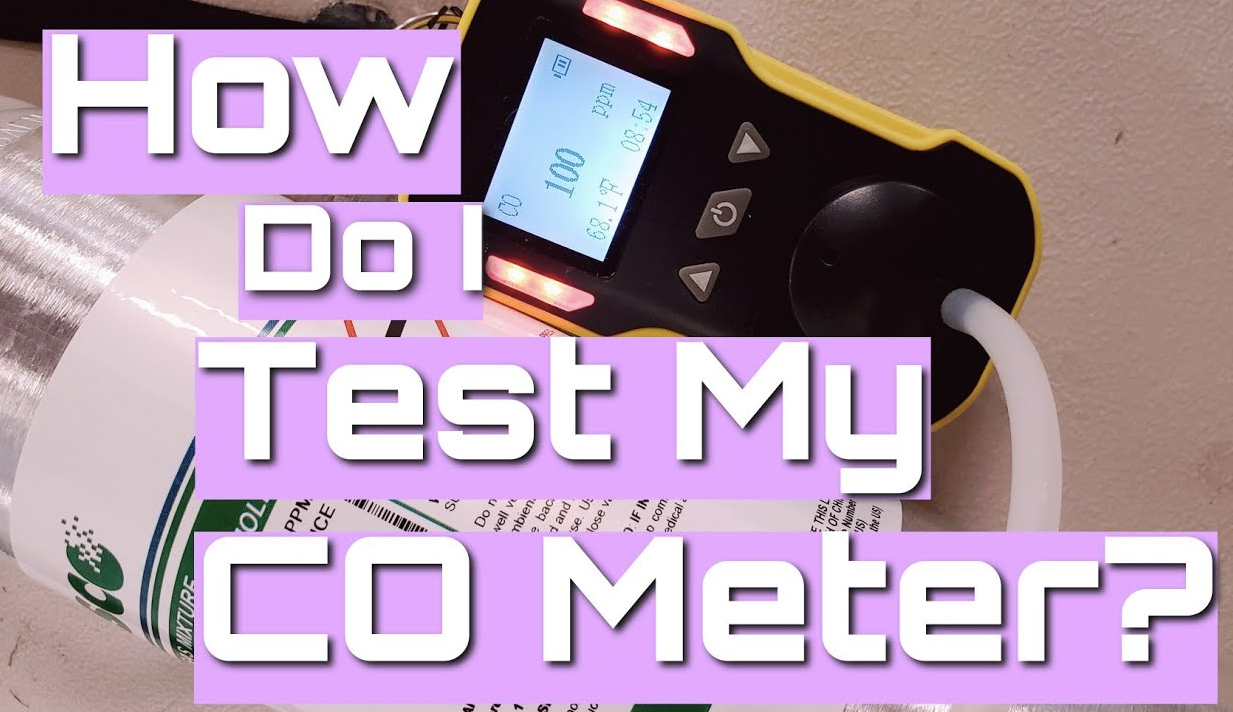Gas detection is crucial when it comes to ensuring the proper functioning of carbon monoxide (CO) detectors and meters. To maintain the accuracy of these life-saving devices, it is essential to avoid using a car's exhaust gas for testing purposes. Instead, the recommended method involves using bottled or canned carbon monoxide gas specifically designed for testing CO detectors. Regularly testing the sensitivity of carbon monoxide meters and detectors is vital to guarantee their effectiveness in detecting the presence of this deadly gas. We offer a straightforward gas detection testing method that does not require any specialized tools, allowing users to easily verify the performance of their CO detectors and meters, ultimately ensuring the safety of their environment.
Pros |
Cons |
|
✅ How to Test Carbon Monoxide Alarm is easy and quick. ✅Bump testing assures your carbon monoxide alarm is operational. ✅ Assures you do not have a defective carbon monoxide meter. ✅ Requires only household equipment to undertake a real test. |
⛔ Most people expose their carbon monoxide detectors to exhaust gas - do not do that! ⛔ When purchasing a new CO detector, most people assume the detector is functioning at 100%. Dont assume. Test and Verify. ⛔ All carbon monoxide detectors and meters have a finite life. Their life span ranges from 2 to 10 years. Be attentive. ⛔ CO detectors may require battery changes. We recommend yearly battery changes. |
Best Portable Carbon Monoxide Detector?
While there are many excellent options to choose from when selecting a CO meter, some great devices include the following:
- Forensics Detectors' Portable Carbon Monoxide Meter (portable)
- Kiddie Ultra Sensitive Carbon Monoxide Detector
- CO Experts Low Level CO Monitor
- Defender Low Level CO Monitor
Can I Use Car Exhaust to Test a CO Detector?
No.
The most IMPORTANT rule regarding your carbon monoxide detector or meter is to never expose it to engine exhaust gas. I repeat:
Never expose your CO Detector to engine exhaust gas.
Many of us think, "It's a great idea - let's test the CO detector with our vehicle exhaust!". Engine exhaust gas is a terrible source of carbon monoxide because:
- The carbon monoxide concentration is NOT constant. Exhaust gas varies in CO level. Sometimes it is low and sometimes it is high.
- It has a large amount of humidity and is expelled at a high temperature. The combination of high temperature and humidity will likely damage the CO sensor and present a false reading.
- High content of humidity in an air stream, such as vehicle exhaust gas, is a "false signal" culprit.
- The exhaust gas has acidic gas components such as NOx that cancel the real CO sensor output. Special filters are needed to remove humidity, treat acidic gases, and condition the exhaust stream before it is exposed to the gas sensor of your CO detector.

Technical Test: How Can I Test My Carbon Monoxide Detector?
The proper way to test your carbon monoxide detector is to obtain a CO bottle or CO test can gas. You can spray the gas onto the detector to confirm sensor function and proper LED and buzzer alarm operation. This type of testing is generally referred to as bump testing. There are many other method on How to Test Carbon Monoxide Alarm on YouTube and other resources, but exposing the CO alarm to real carbon monoxide gas is the ultimate test.

Home Test: How to Test Carbon Monoxide Alarm? (with Kebab stick)
Another way to test your CO detector is the "kebab stick" method.
Perfect for a quick domestic check.
- Obtain a match or kebab stick and get it to smolder.
- When anything smolders, especially incense, it produces a high concentration of carbon monoxide (although the absolute volume is relatively small).
- Place the smoldering stick in a glass mug upside down with your detector.
- Watch the detector readings increase until it alarms.
- See the video below.
Incense sticks work just as good, they smolder and actually produce a fair amount of carbon monoxide when confined in a small volume of space.
Should I Press the Test Button on My CO Detector?
Yes you should.
A quick test that most of us remember is to press the TEST button your CO detector. This is very important because it confirms the buzzer, LED, and electronics are working properly. However, it does not verify that the CO detector is properly sensing carbon monoxide gas. Therefore, we recommend pressing the TEST Button weekly or monthly and exposing the detector to actual CO gas once per year.
What About Low-Level Carbon Monoxide Detectors?
Follow the same procedure to test low-level carbon monoxide detectors. Just be aware that the low-level detectors will alarm much faster and at lower thresholds than a typical UL2034 CO detector purchased from Amazon.
For example, the FORENSICS low level CO detector triggers an audible alarm when CO is detected at levels > 25ppm. Such low-level alarming is closer to various government gas exposure limits than traditional carbon monoxide detectors following the UL2034 alarm schedule (70 ppm for 60 - 240 minutes).
We emphasize that a low level carbon monoxide detector IS NOT a replacement for a UL2034 carbon monoxide detector, which is mandatory per most local code and state legislation.

Is my CO Detector Defective?
You can perform a quick test by pressing the TEST button on your detector. In the case of a failure, the device will show an ERROR signal via the LED or digital display. If this message shows or the detector does not respond, it is time to have it replaced.
CO detectors are suitable for about 3 to 10 years and should be replaced after that period of time. Check the back of the detector, as a date stamp should indicate age, production date, or expiration date. If this isn't the case, discard the device and get yourself a new detector to be sure it hasn't expired.
What Causes a Carbon Monoxide Detector to False Alarm?
Some false alarm culprits are the following:
- High Humidity and Moisture: If you are cooking and a concentrated stream of high humidity approaches the sensor, it may trigger the alarm. Another common situation occurs with the bathroom. If the CO detector is in the bathroom and you have a steamy shower, it will likely trigger a false alarm.
- Hydrogen Gas: Most CO sensors are sensitive to hydrogen. Triggering false CO alarms can occur in battery storage rooms or garages, where batteries off-gas hydrogen as they charge. Hydrogen typically accumulates in these rooms and triggers a false CO detector alarm.
- Low Battery: Sometimes, when the CO detector is low on battery, it "chirps" to let you know that it's time to change the batteries. Chirps occur with a fast "beep" and are repeated every minute, although this can be confused with an alarm.


